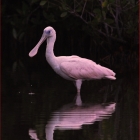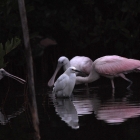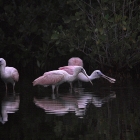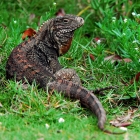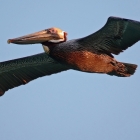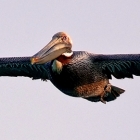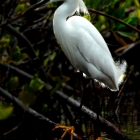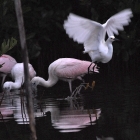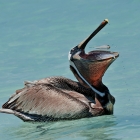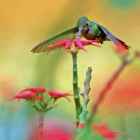CUBA
Bill has travelled into Cuba many times, usually in early springtime. The breeding season for these birds of Cuba is in full swing, and their beautiful plumage is on display mostly at this time! The other wildlife, lizards, Iguana and small creatures are most active at this time of year as well.



